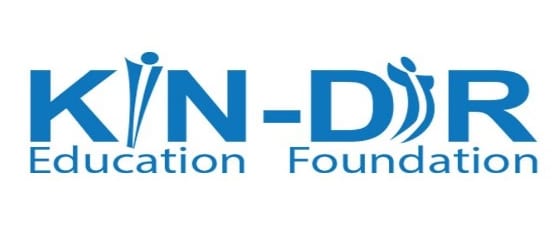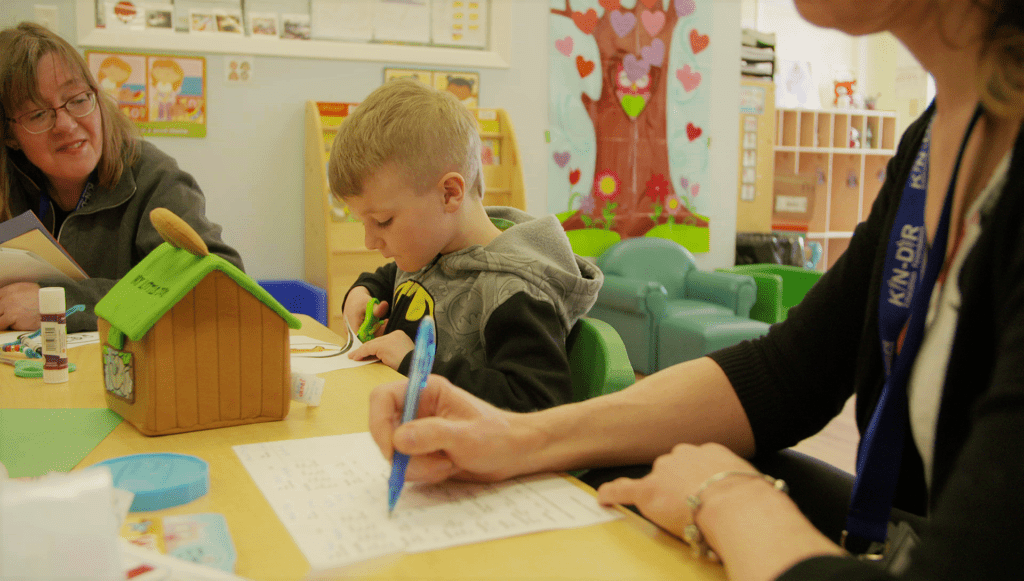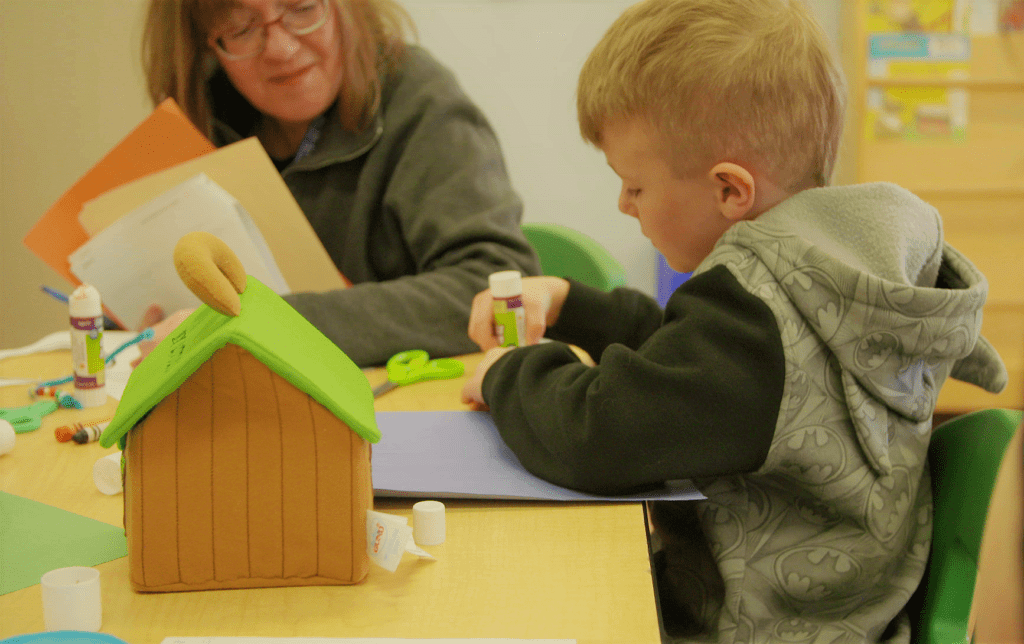The child plays one-to-one or in small groups with an occupational therapist, physiotherapist and speech-language pathologist. At times, activities and observations may be done in the classroom setting. Examples of activities include, completing a craft, stringing beads, looking at and talking about what is happening in the book, playing listening games, running, jumping and kicking/throwing a ball.
- Unit #5-2611 37th Avenue NE Calgary AB T1Y 5V7
- (403) 277.0425
- [email protected]






